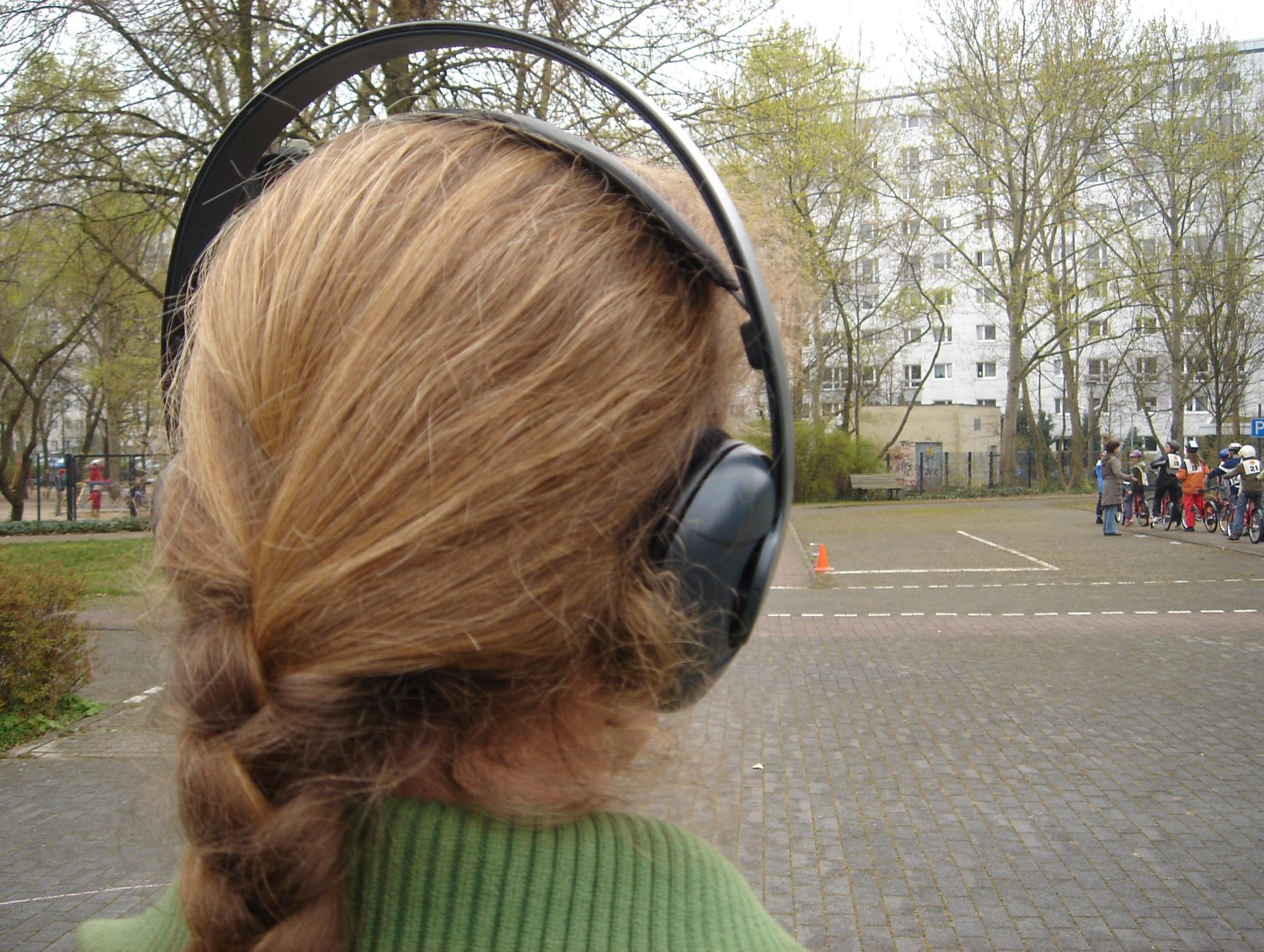

Barnimstraße 10 – Women’s Prison
Just five minutes off Alexanderplatz stood Berlin’s central women’s prison for over a century—a place where more than 100 years of history converge, shaped by women in five different political systems. Under the GDR, women were imprisoned for attempting to flee the republic; in the post-war years, for their Nazi past; and under National Socialism, more than 300 female resistance fighters awaited execution here. During the Wilhelmine Empire, the prison held sex workers, women who had abortions, and others who fought for fair wages or women’s suffrage. The most prominent political prisoner at Barnimstraße 10 was Rosa Luxemburg.
Today, the site of the demolished prison (torn down in 1974) is occupied by a children’s traffic training ground. A 90-minute audio memorial by artist Christoph Viscorsum gives voice to former prisoners, contemporary witnesses, and historical sources. The audio walk opens pathways into the perceptual world of these women—and through the vanished architecture of the prison itself.
At 11:00 and 12:00, the artist and project initiator Christoph Viscorsum will offer brief introductions, providing insight into the creation of the memorial, the concept behind the audio walk, and the historical research that informed it.
Admission is free, no registration required. Access via Weinstraße 2, 10249 Berlin. More information: www.barnimstrasse10.de
“Like an underground parking garage elevator, one subterranean level after another opens: the GDR, the Third Reich, the Weimar Republic, and the Kaiserreich. Each of these eras is explored through the eyes of two women who came into conflict with the legal and cultural frameworks of their time. It becomes strikingly clear that practices such as euthanasia, mandated under the Nazi regime, were punishable in the GDR—just as an act of resistance like posting subversive slogans, a criminal offense under the Third Reich, was considered heroic in East Germany.”
—Aleida Assmann




